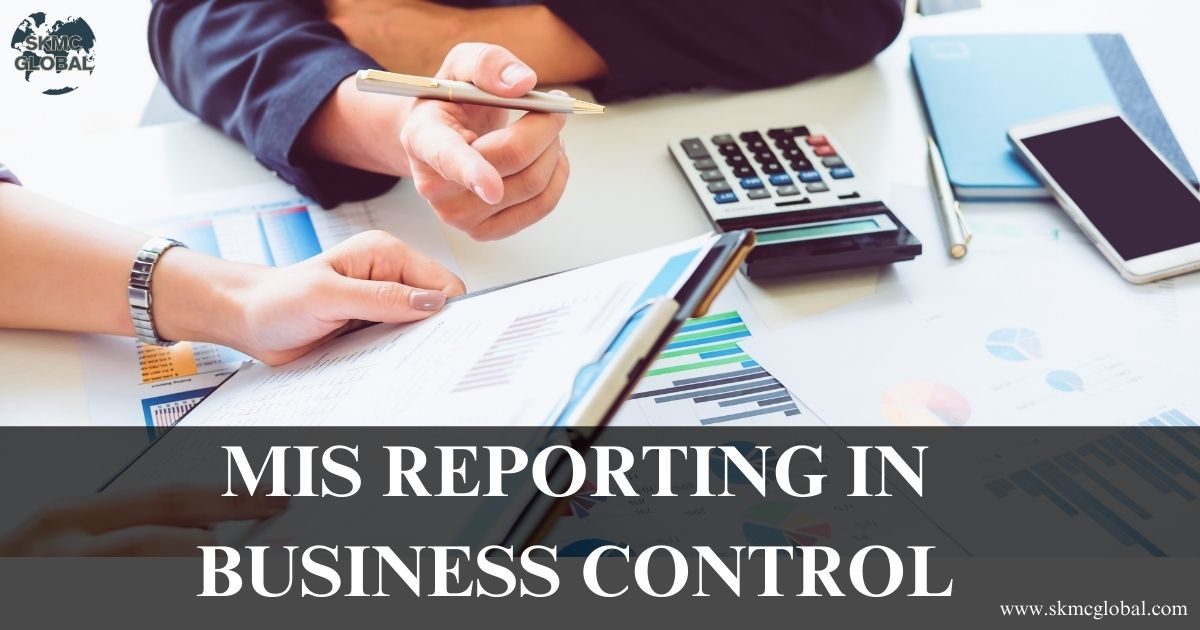
With the days of cut-throat business, numbers are not information but the gateway to wise decision-making. To thrive and remain in a superior position, any company needs to have full dependence on accurate, timely, and relevant data. MIS reporting comes into play here. The Management Information System or the MIS is today a component of firms that wish to make decisions based on facts, operate effectively, and be masters of all other aspects of their business.
In this blog, we’ll explore how MIS and reporting help businesses gain control, increase efficiency, and stay ahead in the market. We’ll also break down the role of MIS management information system, and how businesses of all sizes benefit from adopting a strong MIS reporting framework.
What is MIS (Management Information System)?
Before discussing how MIS reporting assists in managing a business, it is necessary to know what an MIS system really is.
MIS, or Management Information System, can be defined as an organized system employed by organizations for gathering, storing, processing, and reporting data needed for managerial operations. It compiles information from various departments such as finance, operations, marketing, human resources, etc., and converts it into useful information.
Briefly, MIS reporting acts as a link between raw facts and strategic decision-making.
The Role Played by MIS Reporting in Business Control
Effective control is merely tracking performance, keeping an eye out for deviations, and fixing it if there are any. Here's how MIS and reporting save the day for us:
1. Centralized Data Access
The MIS management information system combines data across multiple departments so the management can view how to perform at a glance from one location. It also prevents inconsistency of data and eradicates the ambiguity of disconnected reports.
Executives have real-time visibility into an MIS system and can make more sense out of what's occurring across the organization at a glance—without the lag of manually aggregating data.
2. Real-Time Monitoring
One of the biggest MIS reporting benefits is being able to monitor in real-time. Sales performance, customer complaints, or inventory can be monitored by management instantly.
Monitoring in real-time will detect issues early on, like an unexpected sales decline, a spike in customer complaints, or production holdups. The moment they are identified, something can be done about them—averting minor issues from turning into gargantuan setbacks.
3. Making Informed Decisions
Good information leads to good decision-making. Management of MIS entails reviewing detailed reports in order to decide areas where there are trends, patterns, and areas for improvement.
For example, an MIS system can indicate that one of the product lines is performing poorly in one of the regions. Management can react—by promoting it through a campaign or eliminating the product. Without reporting via MIS, that information would be outdated or even not gathered at all.
Main Types of MIS Reports Which Facilitate Business Control
There are various types of MIS reporting, and each of them does something unique. Some of the most effective types of reports are:
1. Sales Reports
Used to track sales performance by region, products, and teams. Report trends, project demand, and enable controlling revenue goals.
2. Financial Reports
Used to track costs, profit, cash flow, and budgeting. The management can track financial well-being and remain compliant with objectives.
3. Inventory Reports
Provide statistics on stock quantity, turnover, and likely shortages. This information prevents stockout as well as overstocking and smoothens operations.
4. Employee Performance Reports
Assist in tracking productivity, effectiveness, and attendance. Management can go ahead with improving workforce performance using these reports.
By adopting such various forms of MIS and reporting, organizations can have complete control of operations.
Pros of MIS Reporting in Business Control
1. Efficiency is boosted
When everyone is inputting information into a single shared MIS system, redundancies and human mistakes are eradicated. Teams will no longer have to waste their time reconciling spreadsheets or asking for reports—instead, they just log in and grab what they require.
2. Improved Planning and Forecasting
Historical analysis made easy by MIS reporting is crucial to forecasting future trends. For financial planning or supply chain functions, management can reliably forecast.
This kind of control through planning is critical, particularly in the case of seasonal demand markets or extremely uncertain markets.
3. Increased Accountability
With complete insight into the performance metrics, all the employees as well as departments are responsible for what they do. The management of MIS is more in terms of leading people by facts rather than assumptions.
For instance, if a department is underperforming consistently, MIS reporting gives the fact basis to make leadership changes, train staff, or restate objectives.
4. Speed in Decision-Making
Decision-making is hindered without reliable information. But with good MIS and reporting, leaders can make quick decisions with confidence.
Whether it is cost-cutting, process simplification, or product launch, timely MIS reporting keeps the business agile.
MIS Reporting: A Real-Life Illustration
Consider the example of a retail chain with numerous outlets stretched out across India.
If one did not have MIS reporting, it would be a nightmare to monitor individual store performance, inventory status, or regional customer patterns. But with a centralized MIS system, management could get daily sales reports, inventory alerts, and customer behavior cues from all stores—all on a single dashboard.
If there are unexpected falls in sales in the Pune branch, the automatic MIS system alert can force the managers to find out the cause at once. Whatever it may be, whether it is a factory supply or manpower issue, the cause is identified before it will impact the bottom line.
This is the magic of a perfectly implemented MIS management information system.
Key Features of a Strong MIS System
For optimal utilization, an MIS system must have the following features to be chosen by a company:
- Customizable dashboards by different managerial levels
- Department and third-party application integration
- Auto-run of reports and periodic dispatch
- Interactive data visualization (graphs, charts, heat maps)
- Drill-down capability to move from summary to detail
- User access control to ensure data security and compliance
Where available, MIS and reporting are more than an end-of-line process, but a front-of-line asset for business strategy.
Conclusion
With this Mobile-First era of digital disruption, it is a dangerous business strategy to depend too heavily on intuition alone. MIS reporting provides businesses simplicity, mastery, and confidence to deal with uncertainty and achieve sustainable growth. Be it a multi-business or a startup, a good MIS system can be the key to operating the business, boosting productivity, and maximizing profitability. The manager's role for MIS is changing—it no longer involves reading reports; it now involves strategically using reports to lead, correct, and outperform. Organizations can be confident that all decisions are data-driven and all steps are goal-compliant by investing in the proper MIS management information system.
Recent Posts
-
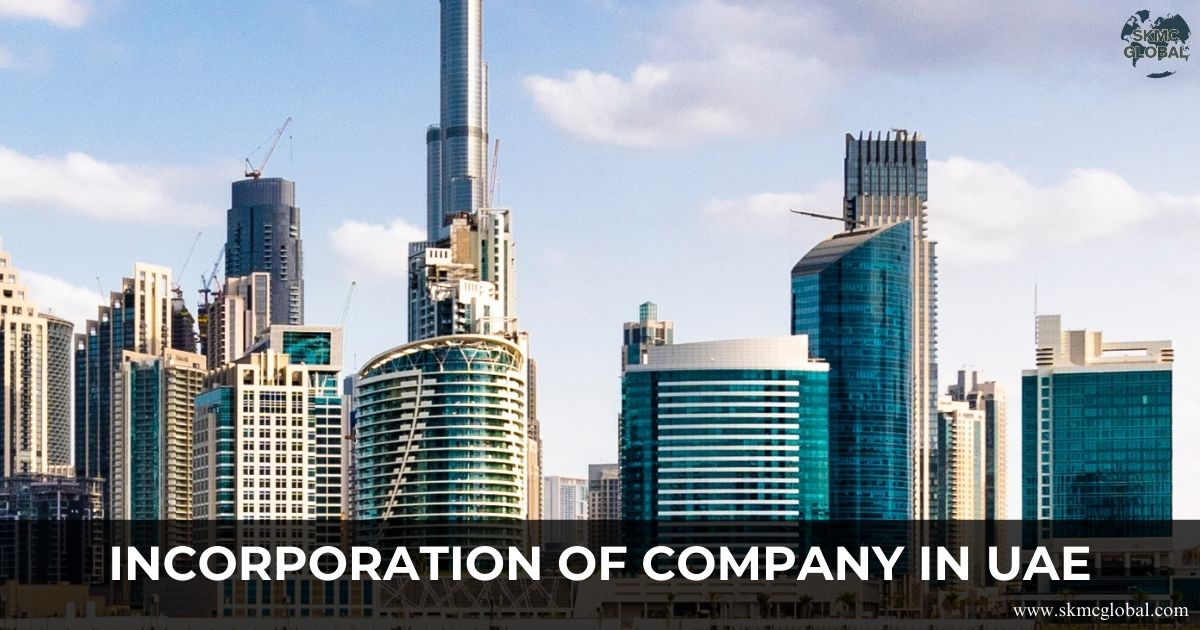 Incorporation of Company in UAE...
Dec 03,2025
Incorporation of Company in UAE...
Dec 03,2025
-
 Legal Entity Identifier LEI - Purpose and Applicab...
Dec 01,2025
Legal Entity Identifier LEI - Purpose and Applicab...
Dec 01,2025
-
 Implementation of New Labour Codes 2025...
Nov 29,2025
Implementation of New Labour Codes 2025...
Nov 29,2025
-
 A Step-by-Step Guide to a Smooth Payroll Outsourci...
Nov 28,2025
A Step-by-Step Guide to a Smooth Payroll Outsourci...
Nov 28,2025
-
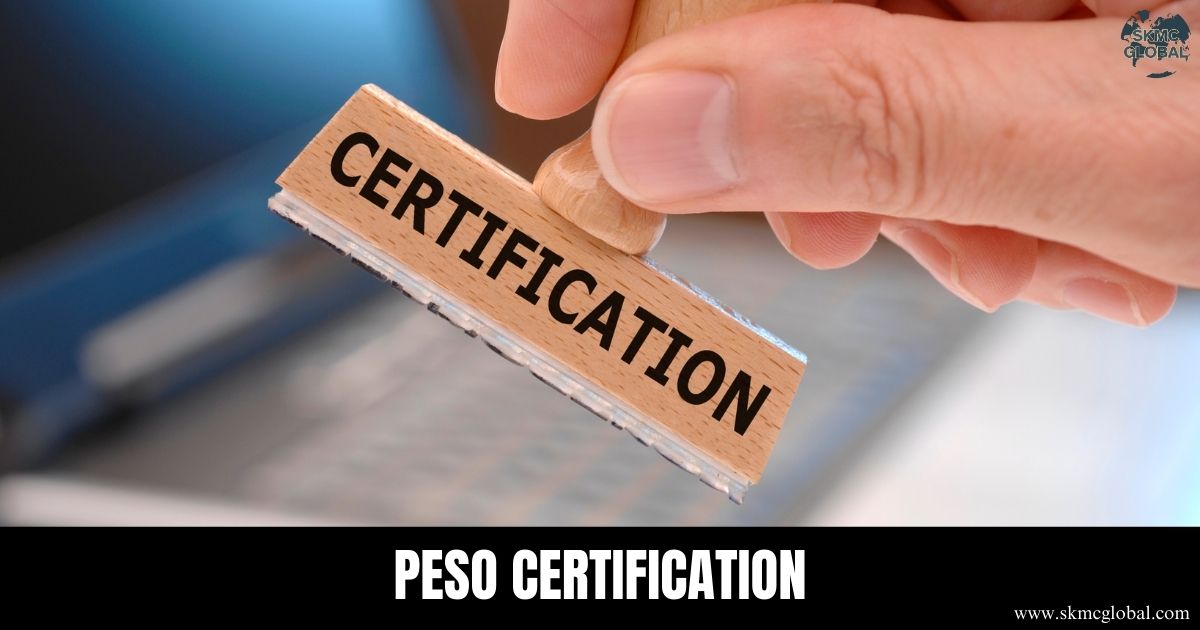 PESO Certification in India...
Nov 26,2025
PESO Certification in India...
Nov 26,2025
-
 Family Trusts for NRIs- Managing Indian Assets fro...
Nov 24,2025
Family Trusts for NRIs- Managing Indian Assets fro...
Nov 24,2025
-
 Decoding Disclosures: Section 184 of Companies Act...
Nov 21,2025
Decoding Disclosures: Section 184 of Companies Act...
Nov 21,2025
-
 All you want to know about Recycling business in I...
Nov 20,2025
All you want to know about Recycling business in I...
Nov 20,2025
-
 What is Seed Fund Scheme and its relevance for Sta...
Nov 19,2025
What is Seed Fund Scheme and its relevance for Sta...
Nov 19,2025
-
 Incorporation of Company in Singapore...
Nov 18,2025
Incorporation of Company in Singapore...
Nov 18,2025
-
 How to upgrade your AEO T2 certification to AEO T3...
Nov 15,2025
How to upgrade your AEO T2 certification to AEO T3...
Nov 15,2025
-
 What is the relevance of APEDA Registration and it...
Nov 14,2025
What is the relevance of APEDA Registration and it...
Nov 14,2025
-
 Applicability of Indian Accounting Standards for c...
Nov 11,2025
Applicability of Indian Accounting Standards for c...
Nov 11,2025
-
 Public vs. Private Trust: key Differences in Regis...
Oct 28,2025
Public vs. Private Trust: key Differences in Regis...
Oct 28,2025
-
 Donation and Foreign Contributions to Trusts in In...
Oct 23,2025
Donation and Foreign Contributions to Trusts in In...
Oct 23,2025
-
 Redeemable Preference Shares as a Financial Tool...
Oct 22,2025
Redeemable Preference Shares as a Financial Tool...
Oct 22,2025
-
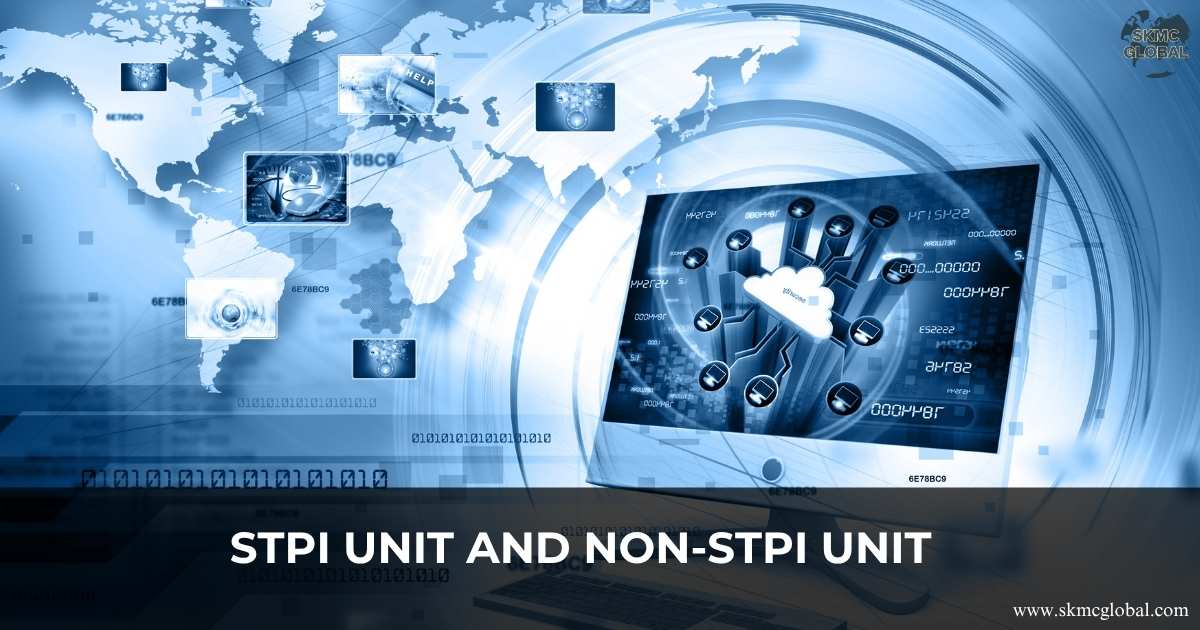 STPI Unit and Non-STPI Unit...
Oct 16,2025
STPI Unit and Non-STPI Unit...
Oct 16,2025
-
 Country-by-Country Reporting (CbCR) and Its Evolvi...
Oct 09,2025
Country-by-Country Reporting (CbCR) and Its Evolvi...
Oct 09,2025
-
 What is Free Trade Agreement and Certificate of Or...
Oct 08,2025
What is Free Trade Agreement and Certificate of Or...
Oct 08,2025
-
 What is the relevance of status holders certificat...
Oct 06,2025
What is the relevance of status holders certificat...
Oct 06,2025
-
 Redemption of Advance Authorization under Foreign ...
Oct 04,2025
Redemption of Advance Authorization under Foreign ...
Oct 04,2025
-
 What is provisional assessment of Bill of Entries ...
Sep 29,2025
What is provisional assessment of Bill of Entries ...
Sep 29,2025
-
 Redemption of EPCG License...
Sep 26,2025
Redemption of EPCG License...
Sep 26,2025
-
 MOOWR (Manufacturing and Other Operations in Wareh...
Sep 24,2025
MOOWR (Manufacturing and Other Operations in Wareh...
Sep 24,2025
-
 Procedure to Apply SCOMET License...
Sep 22,2025
Procedure to Apply SCOMET License...
Sep 22,2025
-
 Landscape of Semiconductor Industry while Doing Bu...
Sep 18,2025
Landscape of Semiconductor Industry while Doing Bu...
Sep 18,2025
-
 The Hidden Costs of In-House Accounting v/s Outsou...
Sep 17,2025
The Hidden Costs of In-House Accounting v/s Outsou...
Sep 17,2025
-
 TDS on sale of immovable property by an nri...
Sep 10,2025
TDS on sale of immovable property by an nri...
Sep 10,2025
-
 Setting up a Project Office in India...
Sep 08,2025
Setting up a Project Office in India...
Sep 08,2025
-
 Tax Implication for Transferring NRO Funds to NRE ...
Sep 05,2025
Tax Implication for Transferring NRO Funds to NRE ...
Sep 05,2025
-
 How outsourcing CFO services helps the corporates ...
Aug 27,2025
How outsourcing CFO services helps the corporates ...
Aug 27,2025
-
 Why a Periodical Cash Flow Statement is Necessary ...
Aug 26,2025
Why a Periodical Cash Flow Statement is Necessary ...
Aug 26,2025
-
 What is FATCA and CRS reporting and its difference...
Aug 22,2025
What is FATCA and CRS reporting and its difference...
Aug 22,2025
-
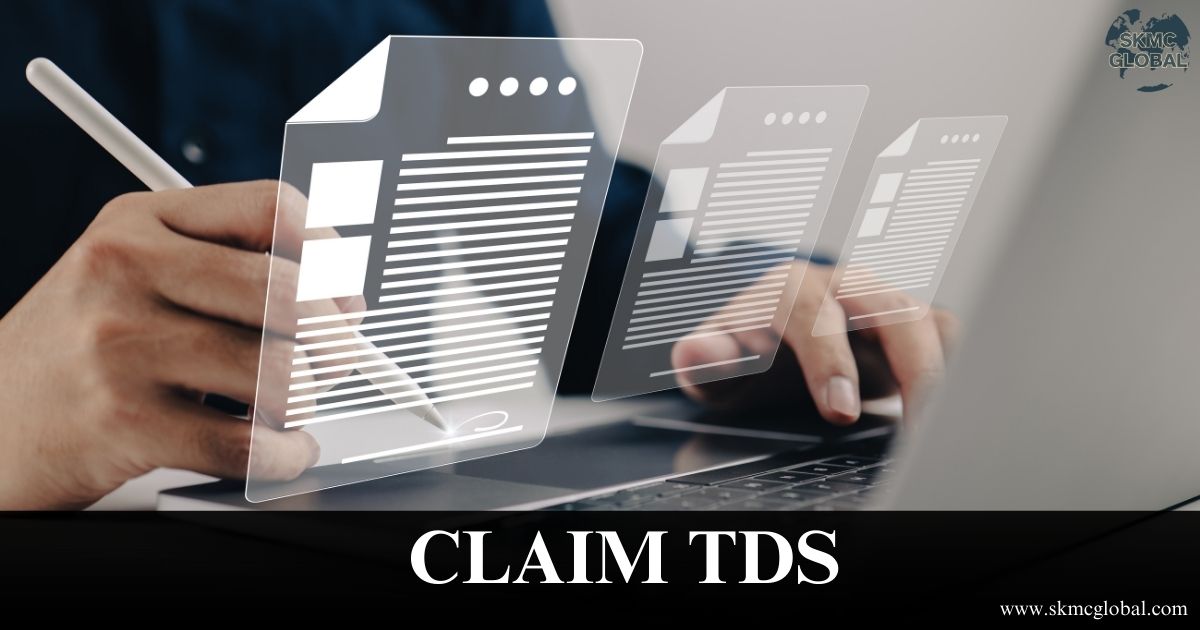 What are unclaimed TDS Credits and how to claim it...
Aug 21,2025
What are unclaimed TDS Credits and how to claim it...
Aug 21,2025
-
 Digital Taxation is reshaping Tax Nexus Between Ju...
Aug 20,2025
Digital Taxation is reshaping Tax Nexus Between Ju...
Aug 20,2025
-
 Procedure to Take PF Registration and Its Complian...
Aug 18,2025
Procedure to Take PF Registration and Its Complian...
Aug 18,2025
-
 Procedure to take PSARA License...
Aug 11,2025
Procedure to take PSARA License...
Aug 11,2025
-
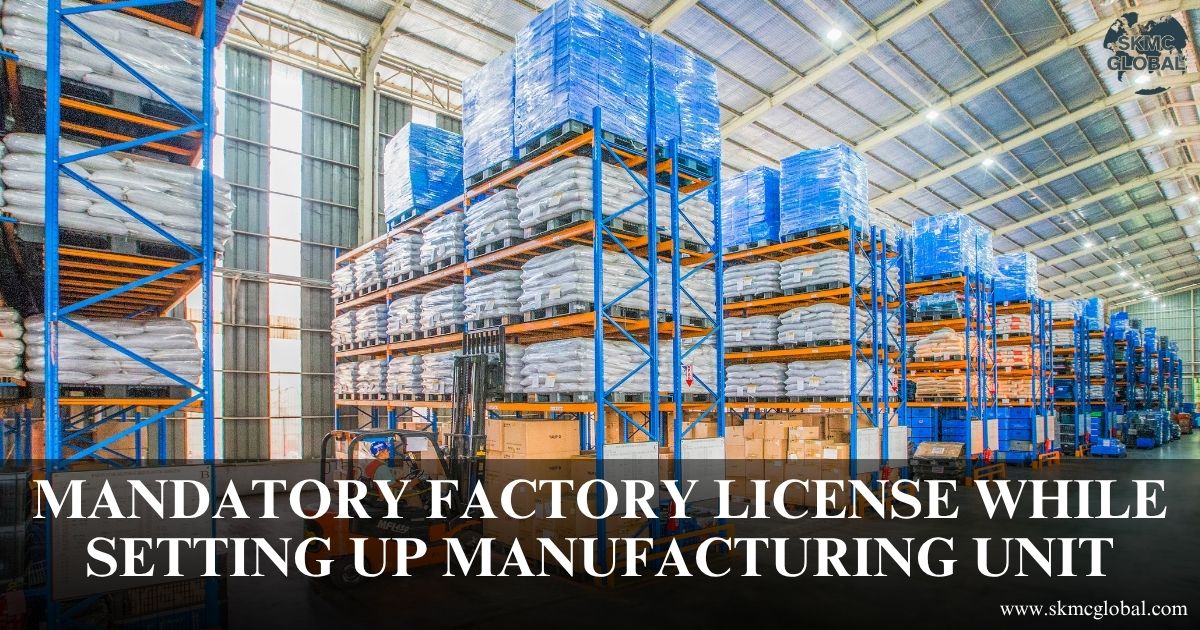 Mandatory factory license while setting up manufac...
Aug 08,2025
Mandatory factory license while setting up manufac...
Aug 08,2025
-
 Procedure for obtaining NBFC Registration in India...
Aug 04,2025
Procedure for obtaining NBFC Registration in India...
Aug 04,2025
-
 FSSAI License registration for Food Business...
Jul 14,2025
FSSAI License registration for Food Business...
Jul 14,2025
-
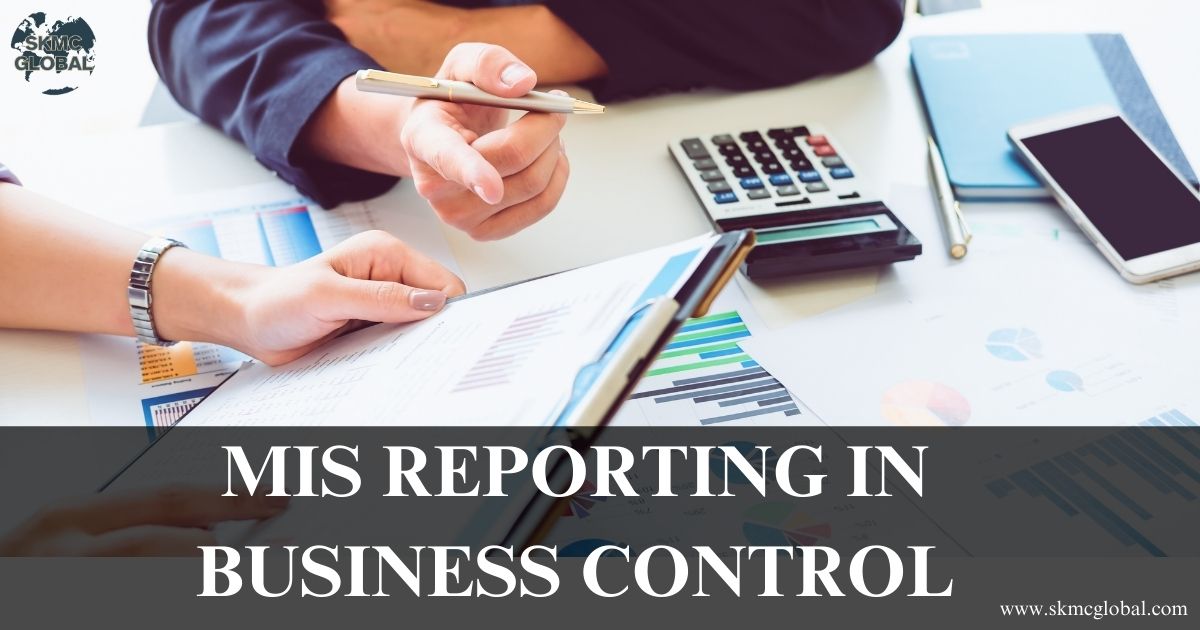 How Management Information System (MIS) reporting ...
Jul 11,2025
How Management Information System (MIS) reporting ...
Jul 11,2025
-
 IFRS 9 impairment- A complete guide...
Jul 12,2025
IFRS 9 impairment- A complete guide...
Jul 12,2025
-
 Why most of the companies are shifting to hr and p...
Jul 10,2025
Why most of the companies are shifting to hr and p...
Jul 10,2025
-
 A complete guide on valuation of shares...
Jul 10,2025
A complete guide on valuation of shares...
Jul 10,2025
-
 BIS registration for foreign manufacturer...
Jul 09,2025
BIS registration for foreign manufacturer...
Jul 09,2025
-
 Understanding the Scope of the Shops and Establish...
Jul 08,2025
Understanding the Scope of the Shops and Establish...
Jul 08,2025
-
 Coso framework: Complete guide on internal control...
Jun 26,2025
Coso framework: Complete guide on internal control...
Jun 26,2025
-
 Components and Process for Conducting Internal Aud...
Jun 25,2025
Components and Process for Conducting Internal Aud...
Jun 25,2025
-
 What is ICFR and Why It is Important for Businesse...
Jun 24,2025
What is ICFR and Why It is Important for Businesse...
Jun 24,2025
-
 Understanding WPC Certification and its applicabil...
Jun 23,2025
Understanding WPC Certification and its applicabil...
Jun 23,2025
-
 Procedure to take EPR registration for battery was...
Jun 21,2025
Procedure to take EPR registration for battery was...
Jun 21,2025
-
 3PL Logistics...
Jun 19,2025
3PL Logistics...
Jun 19,2025
-
 What is E-Waste and role of EPR in Waste Managemen...
Jun 17,2025
What is E-Waste and role of EPR in Waste Managemen...
Jun 17,2025
-
 M&A Due Diligence in India: How to Spot Target Com...
Jun 16,2025
M&A Due Diligence in India: How to Spot Target Com...
Jun 16,2025
-
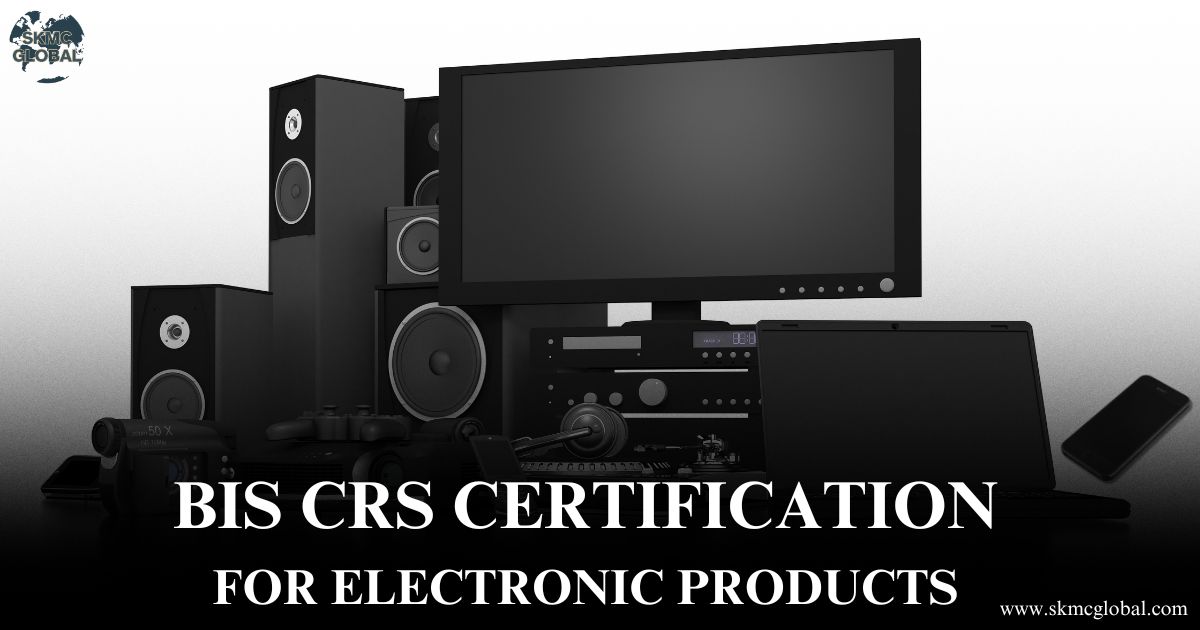 BIS crs certification for electronic products...
Jun 12,2025
BIS crs certification for electronic products...
Jun 12,2025
-
 All you need to know about WPC ETA certification f...
Jun 11,2025
All you need to know about WPC ETA certification f...
Jun 11,2025
-
 What is CDSCO Registration under The Drugs & Cosme...
Jun 10,2025
What is CDSCO Registration under The Drugs & Cosme...
Jun 10,2025
-
 Procedure to Take CDSCO Registration in India: A C...
Jun 09,2025
Procedure to Take CDSCO Registration in India: A C...
Jun 09,2025
-
 All You Need to Know About AERB Registration...
Jun 07,2025
All You Need to Know About AERB Registration...
Jun 07,2025
-
 Understanding POSH (Prevention of Sexual Harassmen...
Jun 03,2025
Understanding POSH (Prevention of Sexual Harassmen...
Jun 03,2025
-
 Chartered Accountant's role in financial managemen...
May 23,2025
Chartered Accountant's role in financial managemen...
May 23,2025
-
 5 Things to keep in mind while running your payrol...
May 17,2025
5 Things to keep in mind while running your payrol...
May 17,2025
-
 Why BIS Certification is Crucial for Importers and...
May 15,2025
Why BIS Certification is Crucial for Importers and...
May 15,2025
-
 Top 7 Reasons Indian Entrepreneurs Are Switching t...
May 07,2025
Top 7 Reasons Indian Entrepreneurs Are Switching t...
May 07,2025
-
 Incorporation of Company in Japan...
Apr 24,2025
Incorporation of Company in Japan...
Apr 24,2025
-
 How to set up a Representative Office in Singapore...
Apr 14,2025
How to set up a Representative Office in Singapore...
Apr 14,2025
-
 BIS certificate for medical equipments...
Apr 09,2025
BIS certificate for medical equipments...
Apr 09,2025
-
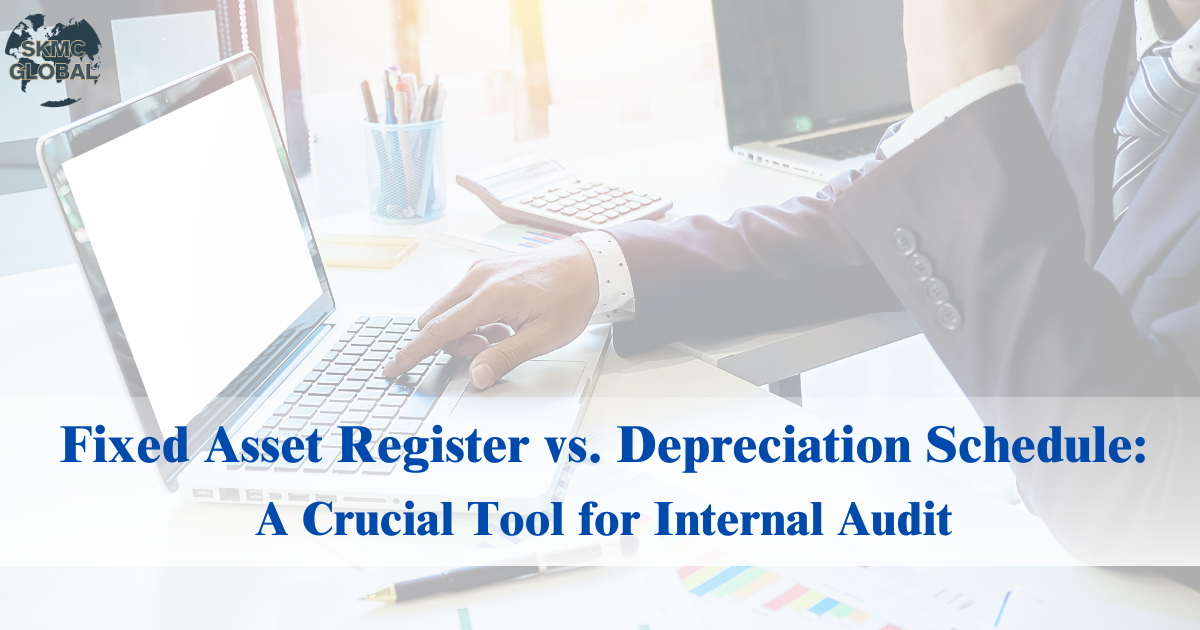 Fixed Asset Register v/s Depreciation Schedule: A ...
Apr 02,2025
Fixed Asset Register v/s Depreciation Schedule: A ...
Apr 02,2025
-
 Role of AI in Accounting...
Mar 26,2025
Role of AI in Accounting...
Mar 26,2025
-
 Capital Structure & its Impact on Profitability...
Feb 21,2025
Capital Structure & its Impact on Profitability...
Feb 21,2025
-
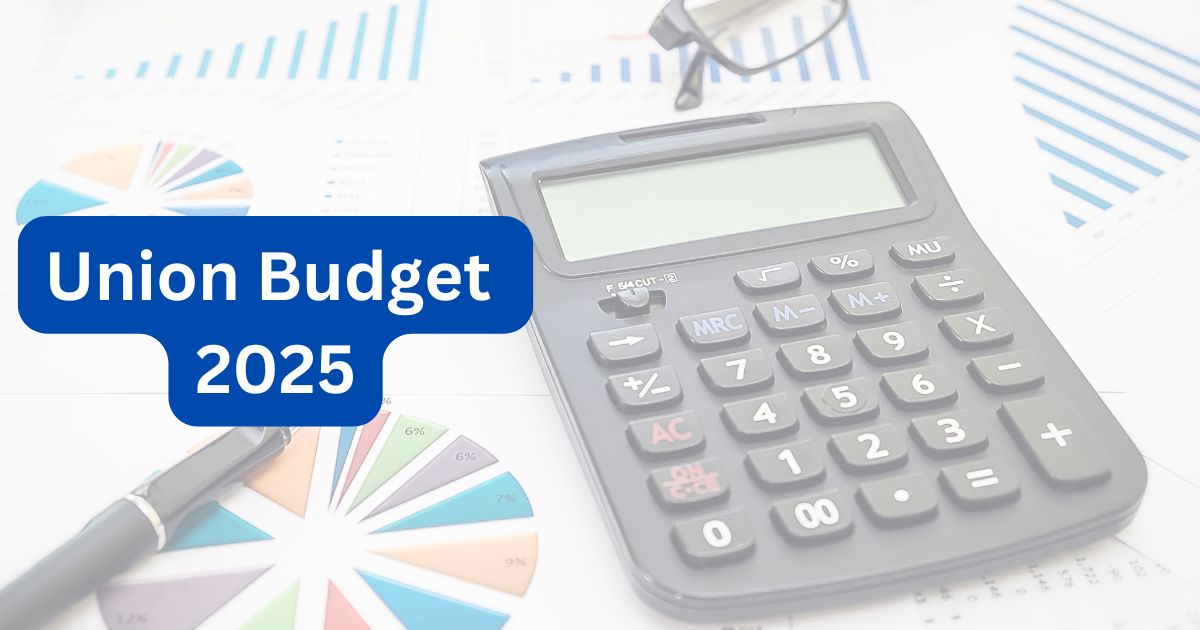 Union Budget 2025...
Feb 01,2025
Union Budget 2025...
Feb 01,2025
-
 What is EPR in Plastic waste Management? ...
Jul 12,2022
What is EPR in Plastic waste Management? ...
Jul 12,2022
-
 Lithium-ion Battery Recycling Plant Setup in India...
May 10,2022
Lithium-ion Battery Recycling Plant Setup in India...
May 10,2022
-
 Setting up E-waste Recycling Plant Setup...
Jan 12,2022
Setting up E-waste Recycling Plant Setup...
Jan 12,2022
-
 Applicability of Labour Laws in India...
Jul 15,2021
Applicability of Labour Laws in India...
Jul 15,2021
-
 Basis to Outsource Finance and Accounting Services...
Oct 31,2021
Basis to Outsource Finance and Accounting Services...
Oct 31,2021
